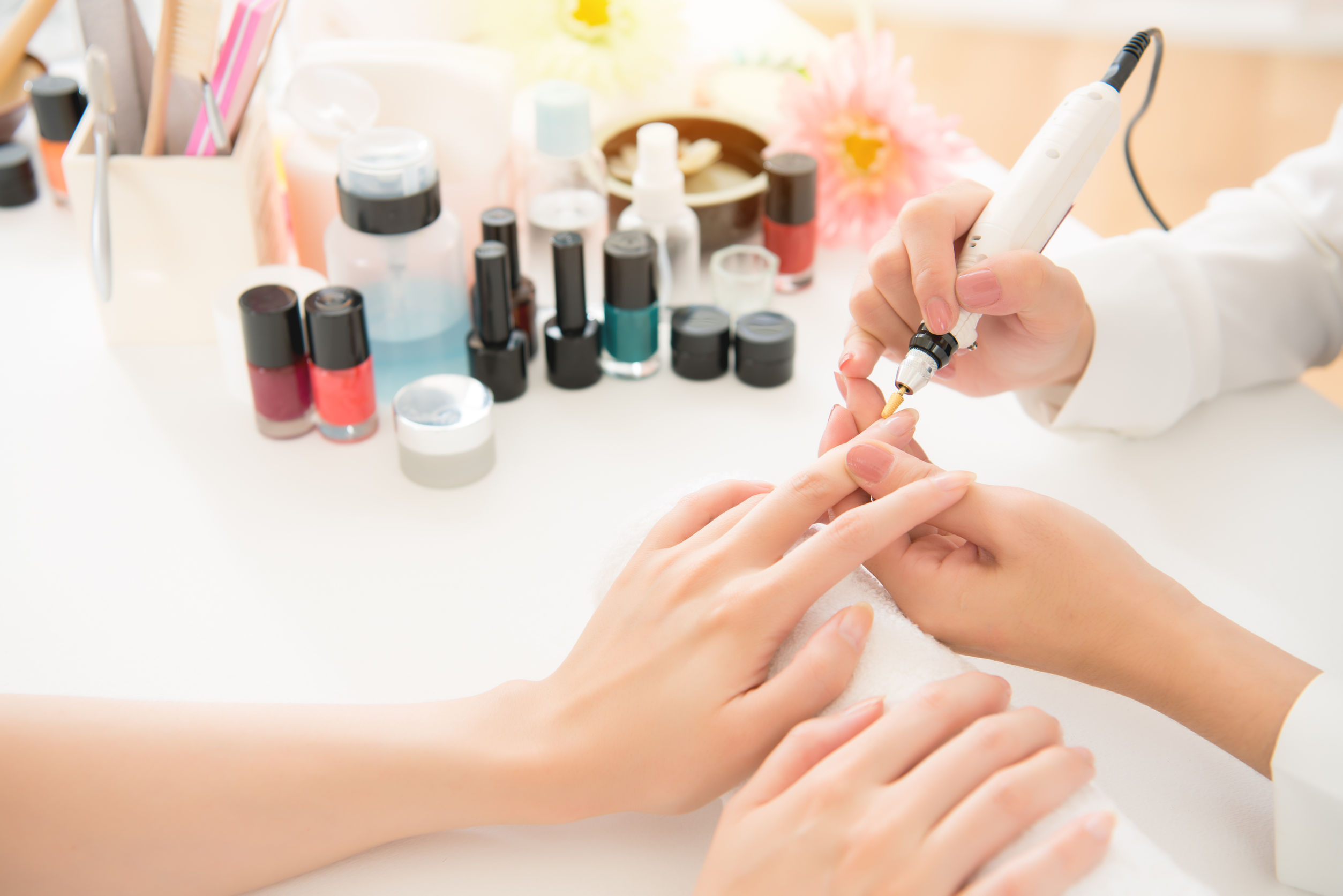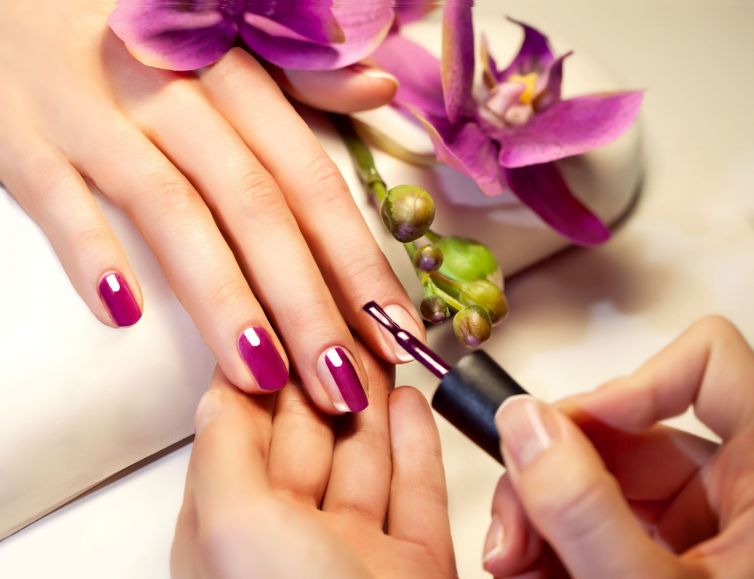When visiting a nail salon, many patrons find themselves pondering the etiquette surrounding tipping. This customary practice can be a source of confusion for some and an understood part of the service for others. The act of tipping, especially in the beauty and service industries, is often seen as a gesture of appreciation for a job well done.
Tipping at a nail salon not only acknowledges the technician’s skill and effort but also contributes to their livelihood in a meaningful way.

Understanding Tipping at Nail Salons
1. The rationale behind tipping:
Nail technicians provide a personal service that often requires significant skill and attention to detail. A tip is a direct way to show your satisfaction with the service provided and to reward the technician for their effort.
2. Percentage of the bill:
The standard tipping amount is typically between 15% and 20% of the total bill. However, this can vary based on your location, the type of salon, and the level of service you have received.
3. When to consider tipping more:
If your nail salon visit has included exceptionally good service, intricate nail art, or if the technician has gone above and beyond in their service – for instance, by accommodating a last-minute appointment – it may be appropriate to tip more than the standard percentage.
Best Practices for Tipping at Your Nail Salon
1. Remember to tip after every visit:
Consistency is key when it comes to tipping. Even if you visit the same technician regularly, a tip should be given after each service to show your continued appreciation.
2. Consider the type of service:
The complexity of the service you receive may influence the amount you choose to tip. A simple polish change might warrant a tip at the lower end of the standard range, while more time-intensive services like full sets of acrylics or intricate designs may justify a higher tip.
3. Factor in the experience and outcome:
If you have a particularly good experience or are thrilled with the outcome of your service, tipping more than the standard amount can reflect your level of satisfaction.
4. Cash is often preferred:
While many salons accept tips on credit cards, cash tips are usually preferred as they can be accessed by the technician immediately and without any additional processing fees.
5. Be discreet:
When providing a tip, it is considerate to do so discreetly. This respects the privacy of the transaction and the feelings of other patrons and salon staff.

What If You’re Unhappy With the Service?
In the event that you’re dissatisfied with your nail salon experience, it’s still generally expected to leave a small tip, as the nail technician has provided a service. However, it’s also important to communicate any issues you have had during your visit. This could involve speaking to the technician directly or asking to speak with a manager to address your concerns. By providing constructive feedback, you help the salon to improve its services for the future.
In summary, tipping at a nail salon is a standard practice that honors the personal care and attention to detail provided by your technician. Each tip is a reflection of the value you’ve received from their expertise and the overall satisfaction with your service. By adhering to typical tipping guidelines and adjusting based on your personal experience, you can ensure that your appreciation is felt and your salon visits remain positive experiences. Tipping isn’t just about good manners; it’s a supportive gesture that has become an integral part of the beauty service industry.
Source: cooktopcove







